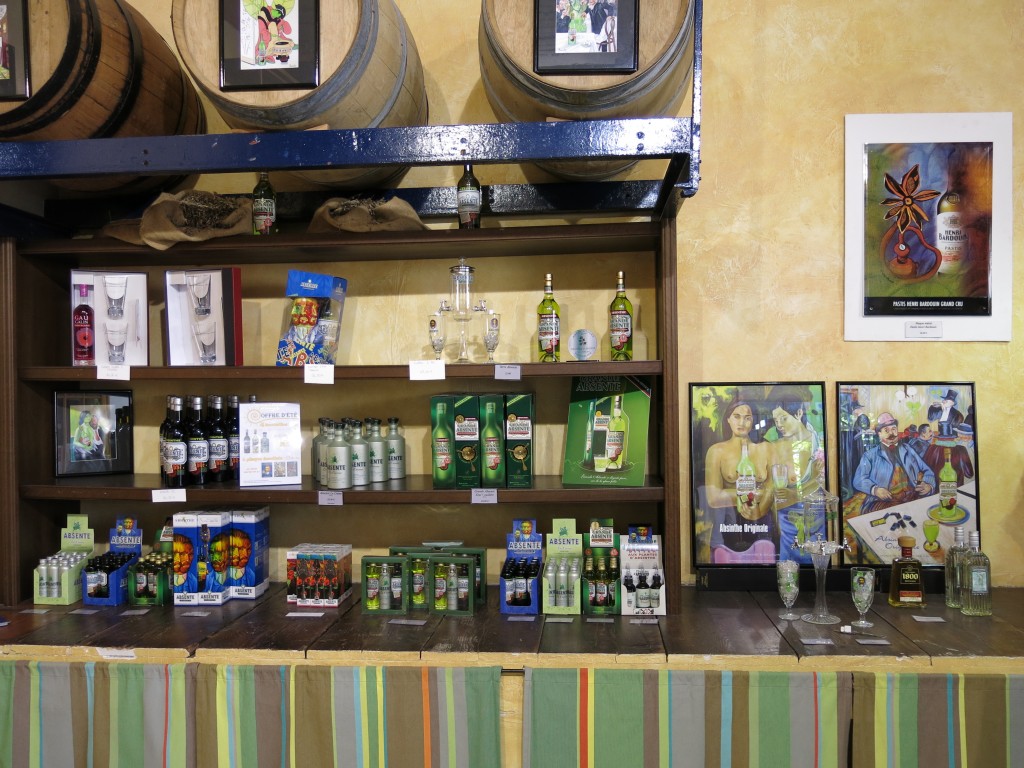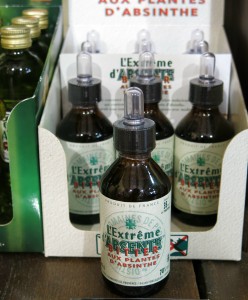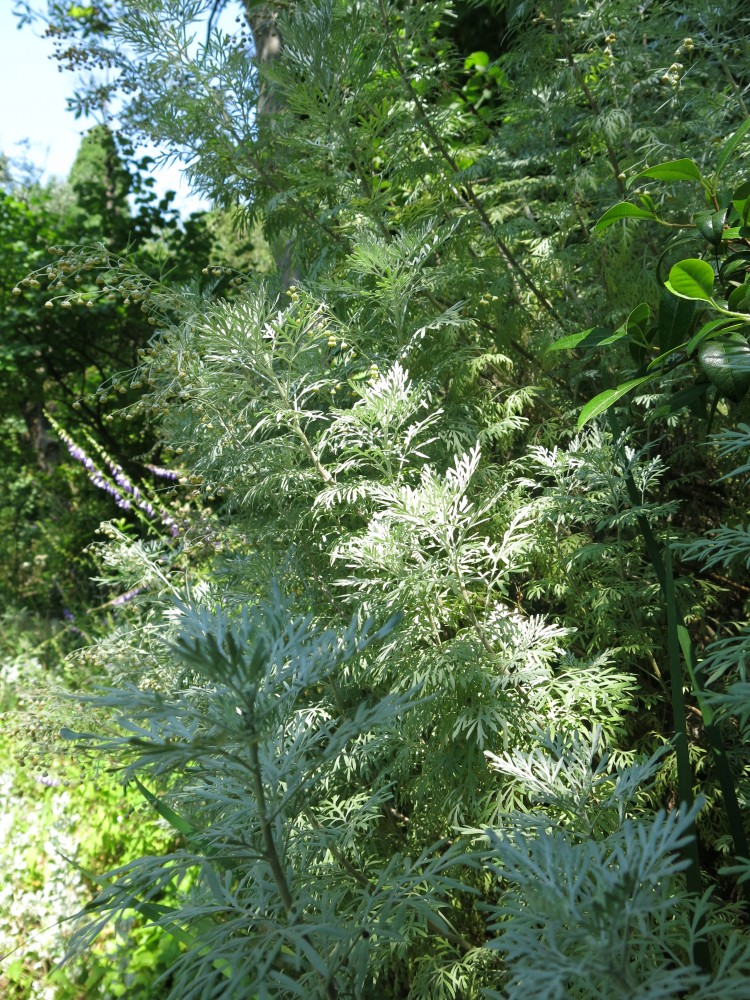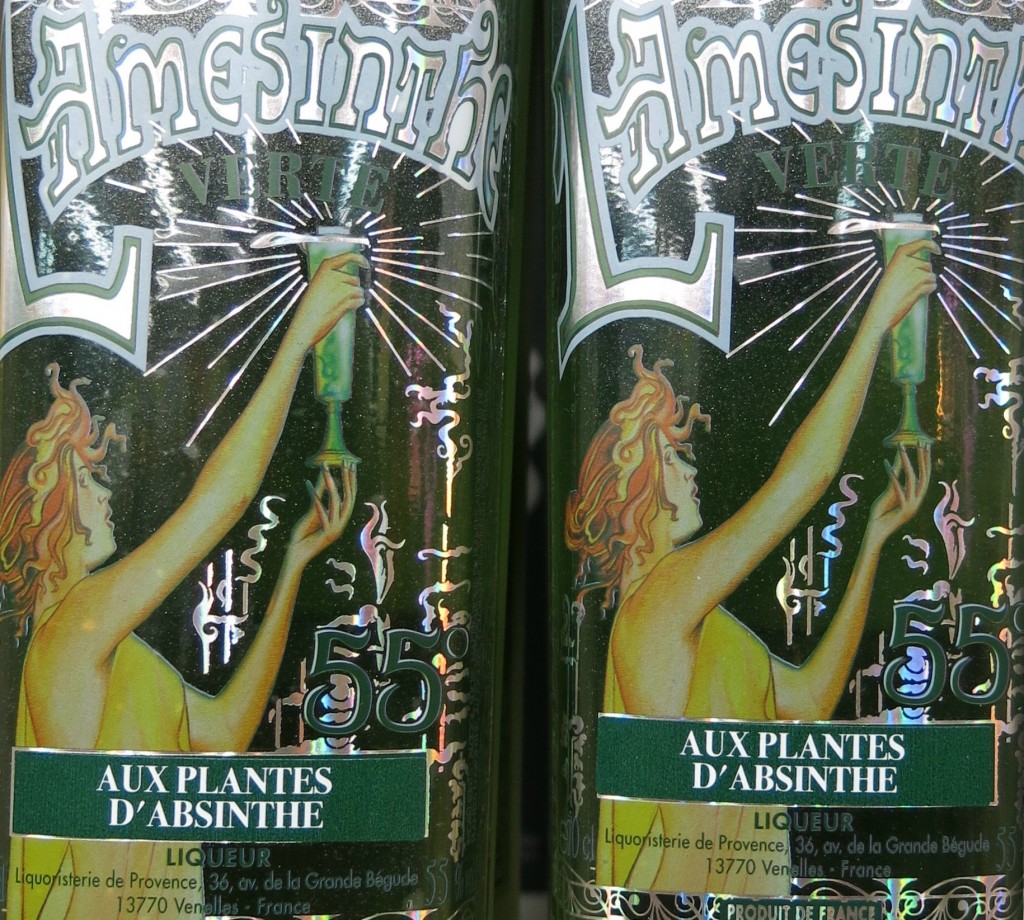Absinthe, also known as ‘the green fairy’, is an anise flavored, distilled, high-proof beverage which peaked in popularity during the Fin de Siècle, particularly in it’s country of origin, France, where it was consumed in large quantities by all levels of society as an aperitif.
The spirit drink has been well documented in the fine arts
The Peruvian painter Paul Gauguin consumed large quantities of the green muse while he lived in France. In 1888 he meet up with Dutch artist and fellow Absinthe enthusiast Vincent van Gough, to paint in Arles, a city in light-infused Southern France. One night a drunken fight broke out between the 2, a razor blade was pulled, and Vincent van Gough fled to a local brothel, where he cut part of his ear off, and handed it to a prostitute for safe-keeping. Shortly after he had himself committed to an insane asylum. Vincent Minelli directed a biographical film about Vincent van Gough in 1956 called Lust for LIfe, starring Kirk Douglas as Vincent van Gough, and Anthony Quinn as Paul Gauguin, who won an Oscar for the role.
Suffering from poor health and short physical stature due to a genetic disorder, Parisian Art Deco painter Henri de Toulouse-Lautrec drowned his resulting emotional pain in Alcohol. He invented an extra potent drink , consisting of 3 parts Absinthe and 3 parts Cognac, which he called ‘Tremblement de Terre’ (Earthquake). Film director John Huston made a movie about the painter’s life-story, called Moulin Rouge , which won a Silver Lion in 1953 at the Venice film festivals, with the Puerto Rican actor José Vicente Ferrer de Otero y Cintrón playing both the lead role of Henri de Toulouse-Lautrec, and as his father, and Miss Hungary 1936 and collector of wealthy husbands, ZsaZsa Gabor , as the chanteuse Jane Avril.
French poet Charles Baudelaire, author of the poem collection ‘Le Fleurs du Mal’ (“the flowers of evil”), and translator of Edgar Allen Poe’s work into French, was very fond of drinking Absinthe.
The French bohemian poet Paul Verlaine, and his young poet lover Arthur Rimbaud, both found creative writing inspiration from imbibing the green stuff. One night a jealousy based fight broke out between them, Paul shot Arthur with a pistol into the wrist, and served a 2 year prison term for it. Their tempestuous romance is subject of the 1995 movie ‘Total Eclipse‘ by Polish director Agnieszka Holland, with Leonardo DiCaprio playing Arthur Rimbaud, and David Thewlis as Paul Verlaine.
The painting ‘L’Absinthe’ , by the impressionist French painter Edgar Degas , displays the ill effects Absinthe consumption on a couple sitting in a cafe. A contemporary of Degas, painter Edouard Manet , a close friend of Charles Baudelaire, also choose an alcoholic Absinthe drinker as the subject for a painting.
Spanish painter Pablo Picasso, spend much time in France, where he depicted the Absinthe drinking ritual in many of his paintings, especially during his blue period, when he fell into depression after the suicide of a close friend, Carlos Casagemas.
Picasso’s contemporary, the American writer, nobel prize winner and heavy drinker Ernest Hemingway ,invented a cocktail called ‘Death in the Afternoon’, a mixture of Absinthe and ice cold Champagne,
Actor Jonny Depp deepened his Absinthe studies living in France, to properly prepare himself for an Absinthe drinking and Opium smoking scene in a 2001 movie about the Victorian serial killer Jack the Ripper, called ’From Hell’.
Musician Marilyn Manson is so fond of Absinthe, that he created his own liquor called ‘Mansinthe’ .

The main ingredient in Absinthe is Artemisia absinthium, Wormwood.
This herb has a bitter taste, and contains the compound Thujone, a central nervous system poison, which is found in many plants. Starting in 1915 Absinthe was prohibited in most European countries and in the US, based on it’s reputation to cause addiction and severe health damage, traced back to Thujone. The ban caused the same distilleries who produced the much loved Absinthe, to create a similar drink, but without Artemsia absinthium, called Pastis, which is still a favorite afternoon drink or aperitif in France today.
The Absinthe ban was revoked in most European States in 1998, and in the United States in 2007, and in the US only the sale of Thujone-free versions of the drink are legal. Historically the drink has been commercially manufactured in France, and Switzerland, and current regulations there demand that Absinthe must not exceed a Thujone content of 35 mg/KG.
In addition to Wormwood, Spices and medicinal herbs are added to the secret Absinthe recipes, such as Angelica roots, Calamus root, Coriander seeds, Anis seeds, Fennel seeds, Juniper berries, Nutmeg, Hyssop, Lemon balm, Peppermint, Veronica and Oregano. The neon green color in modern day French Absinthe is often created by adding the plant pigment and photosynthesis conductor chlorophyll , which is food color E140, as a dye. Swiss-made Absinthe is typically clear.
Absinthe is never drunk pure, but diluted with ice cold water. Absinthe to water ratio ranges between 1:1 to 1:5, most connoisseurs settle for 1:3.
In France, ice water is slowly poured over a slotted spoon holding one or two sugar cube, into the drinking glass below, which changes the drink from neon green into an opalescent, milky green color, an effect called ‘Louche’.
Swiss Absinthe is simply mixed with cold water. In the late 1990’s a Czech Absinthe producer created a pouring ritual which includes the use of fire, a marketing gimmick which has become popular in Eastern Europe, with some drinkers catching themselves on fire; this is not a traditional preparation.
Absinthe must always be distilled from an alcohol containing mixture of wormwood and other herbs. Simply steeping herbs in alcohol, a technique called marceration, will not make Absinthe, instead makes an alcohol extract, or tincture. Distilled spirits that do not contain Thujone are not Absinthe either, nor are green-colored Vodkas.

The association of Absinthe with Belle Époque cafés and nightclubs, bohemian artists, genius, creativity, madness and prohibition has produced tremendous curiosity about the drink. European bars and shops selling Absinthe are flocked by tourists seeking a close encounter with ‘la fée verte’, the Green Fairy.
For more detailed information about Artemisia absinthium, the history of Absinthe, drink recipes and so much more, check out the Wormwood Society website: http://www.wormwoodsociety.org/


Elvira
For more information about the legality of Thujone in Absinthe in the US the Wormwood Society offered the following link:
http://www.mutineermagazine.com/blog/2010/10/is-the-absinthe-that-is-now-legal-in-the-u-s-real-absinthe/
Blake Russell
Absinthe makes the Heart Grow Fonder.. Fantastic article and it really makes me want to dance with the Green Fairy again..